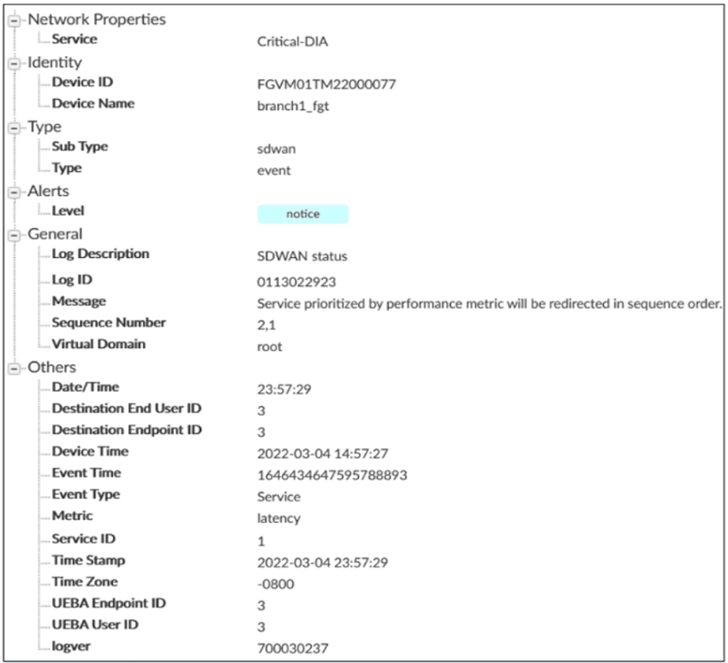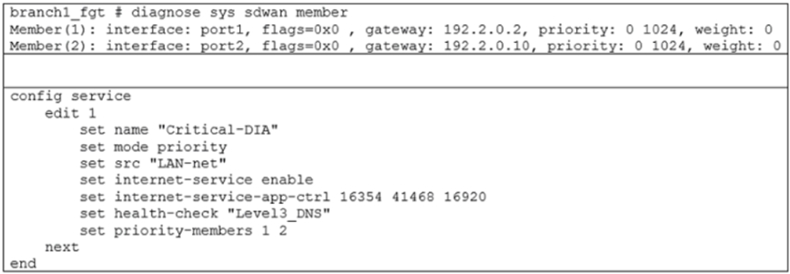At ValidExamDumps, we consistently monitor updates to the Fortinet NSE7_SDW-7.0 exam questions by Fortinet. Whenever our team identifies changes in the exam questions,exam objectives, exam focus areas or in exam requirements, We immediately update our exam questions for both PDF and online practice exams. This commitment ensures our customers always have access to the most current and accurate questions. By preparing with these actual questions, our customers can successfully pass the Fortinet NSE 7 - SD-WAN 7.0 exam on their first attempt without needing additional materials or study guides.
Other certification materials providers often include outdated or removed questions by Fortinet in their Fortinet NSE7_SDW-7.0 exam. These outdated questions lead to customers failing their Fortinet NSE 7 - SD-WAN 7.0 exam. In contrast, we ensure our questions bank includes only precise and up-to-date questions, guaranteeing their presence in your actual exam. Our main priority is your success in the Fortinet NSE7_SDW-7.0 exam, not profiting from selling obsolete exam questions in PDF or Online Practice Test.
Refer to the exhibits.
Exhibit A

Exhibit B

Exhibit A shows the source NAT (SNAT) global setting and exhibit B shows the routing table on FortiGate.
Based on the exhibits, which two actions does FortiGate perform on existing sessions established over port2, if the administrator increases the static route priority on port2 to 20? (Choose two.)
In the default SD-WAN minimum configuration, which two statements are correct when traffic matches the default implicit SD-WAN rule? (Choose two )
Which two performance SLA protocols enable you to verify that the server response contains a specific value? (Choose two.)
Pages 85,86 in Study guide 7.0 Pages 100,101 in Study guide 7
Refer to the exhibits.
Exhibit A

Exhibit B

Exhibit A shows an SD-WAN event log and exhibit B shows the member status and the SD-WAN rule configuration.
Based on the exhibits, which two statements are correct? (Choose two.)